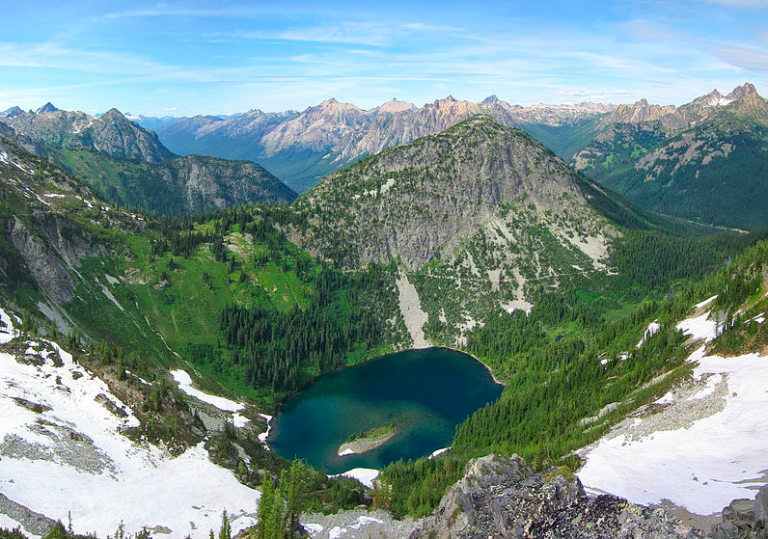Published on February 24, 2020

Saying her agency was “on the front lines of climate change,” Public Lands Commissioner Hilary Franz this week outlined the Department of Natural Resources’ plan to mitigate climate change and prepare for a warmer future.
The department published its “Plan for Climate Resilience” this week in a 96-page document long on ambition but short on specifics in some areas.“We’ve put it in print and said, ‘Here’s the crisis at our doorstep and here’s how significant it will grow,’ ” Franz said of climate change. “We can save more money by being proactive and having all of our planning and investment with climate as a key part of its focus.”
In its plan, DNR cited projections from the University of Washington’s Climate Impacts Group of reduced snowpack, more hot days, lower summer stream flow and sea-level rise in Washington state as the climate changes. Scientists project more river and coastal flooding, heat-related illnesses, water shortages and harmful blooms of algae by midcentury.The agency’s plan calls for increasing leases for renewable-energy projects on state lands, making DNR infrastructure and roads more resilient to flooding, and integrating climate concerns into its modeling of water resources, landslide risks and tsunami concerns.
Franz said DNR, which also owns land in urban areas, could play a larger role in renting out commercial, industrial or residential space, sharing as an example that the agency owns downtown Seattle property leased as a parking lot. “That should be a very tall building that provides commercial and residential opportunities,” Franz said of the property at the corner of Second Avenue and Lenora Street. “We would generate a significant amount of money.”
Continue reading at The Seattle Times.
Originally written by Evan Bush for The Seattle Times.